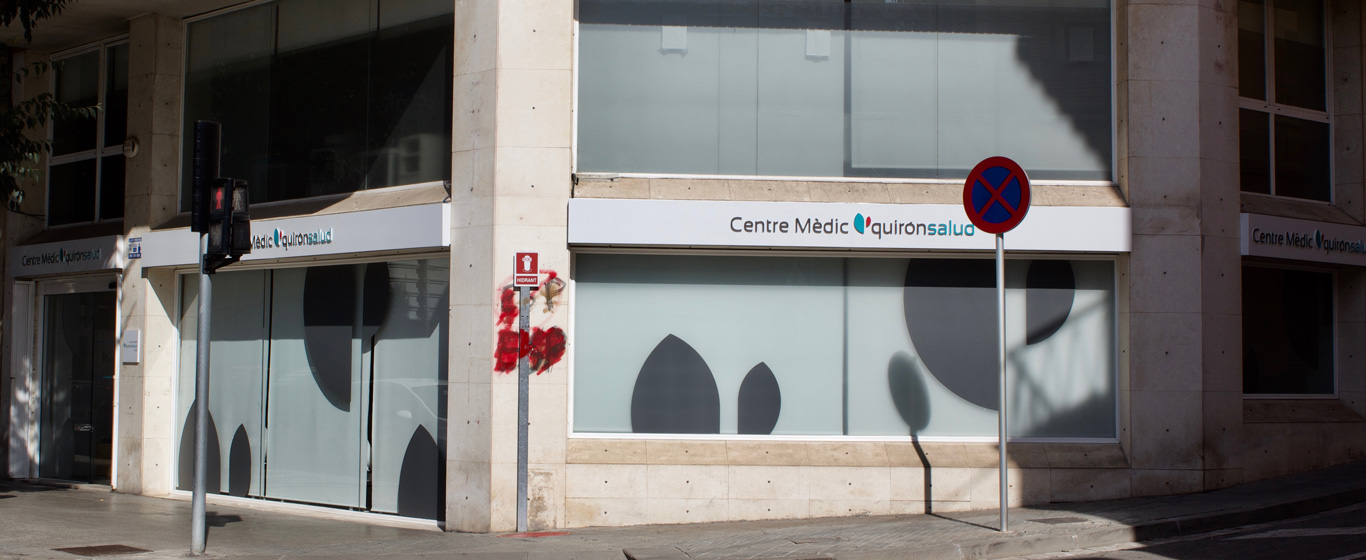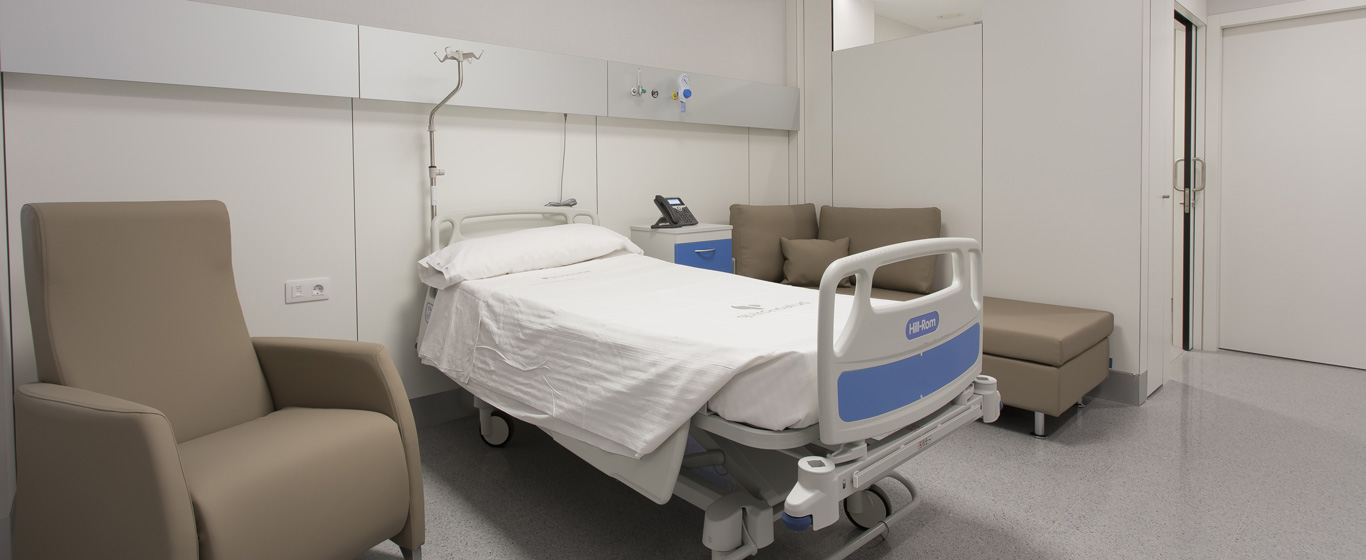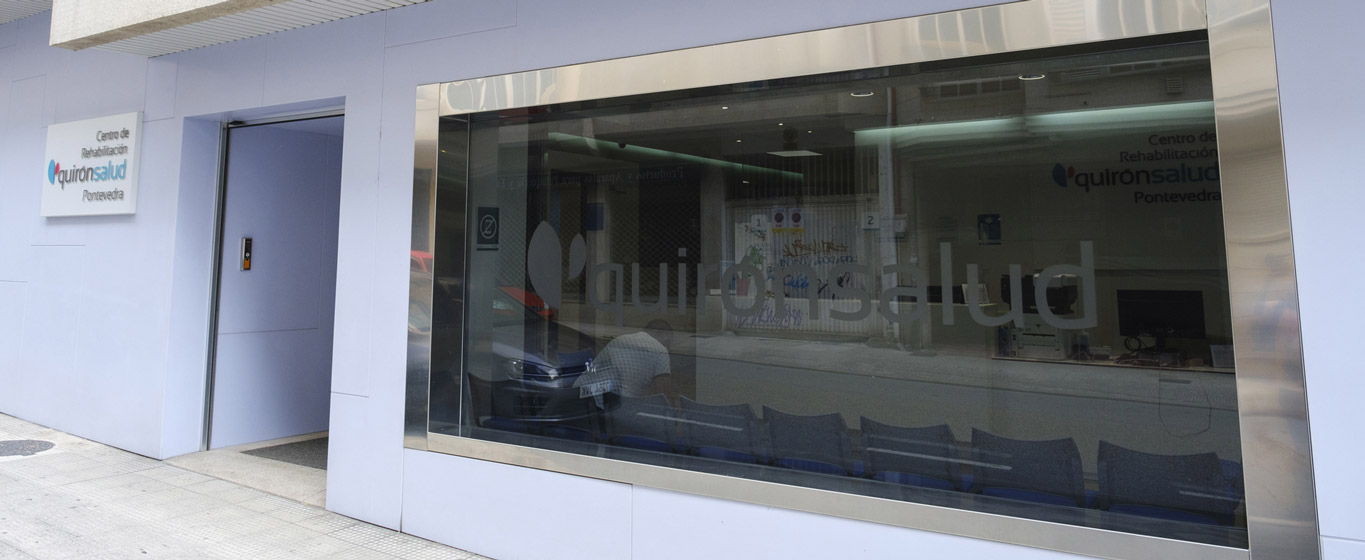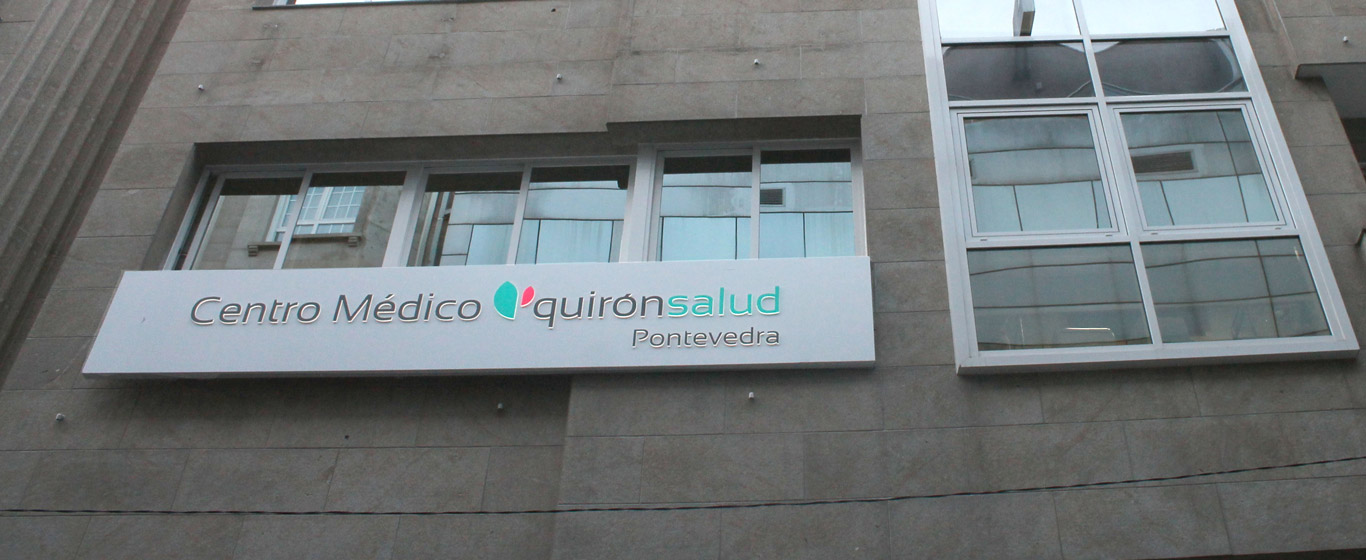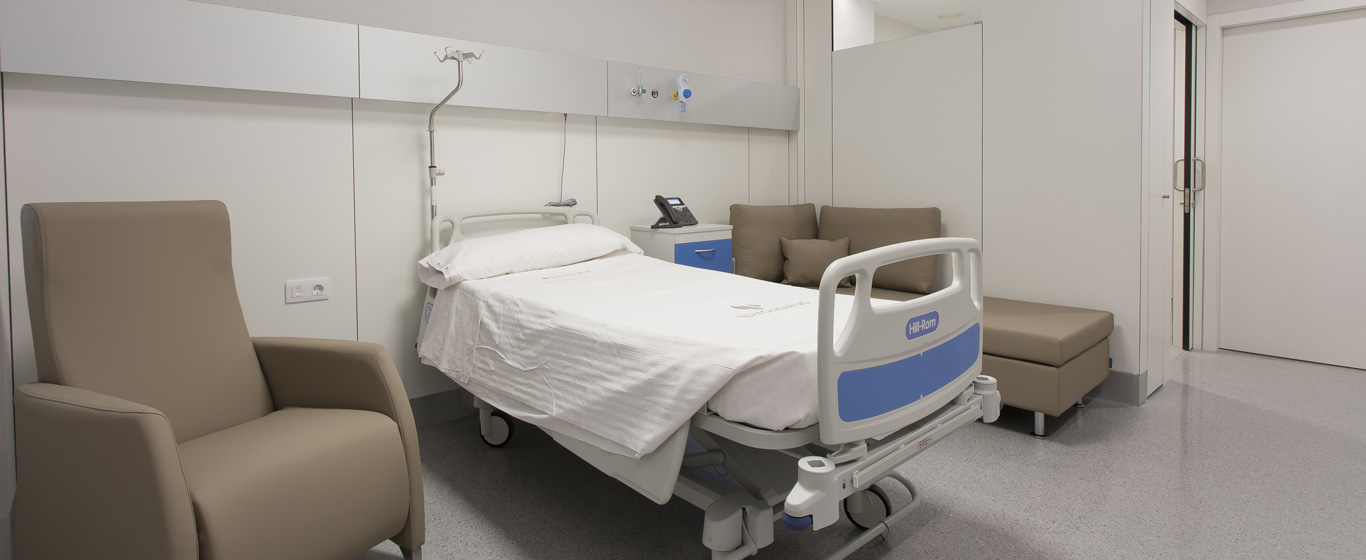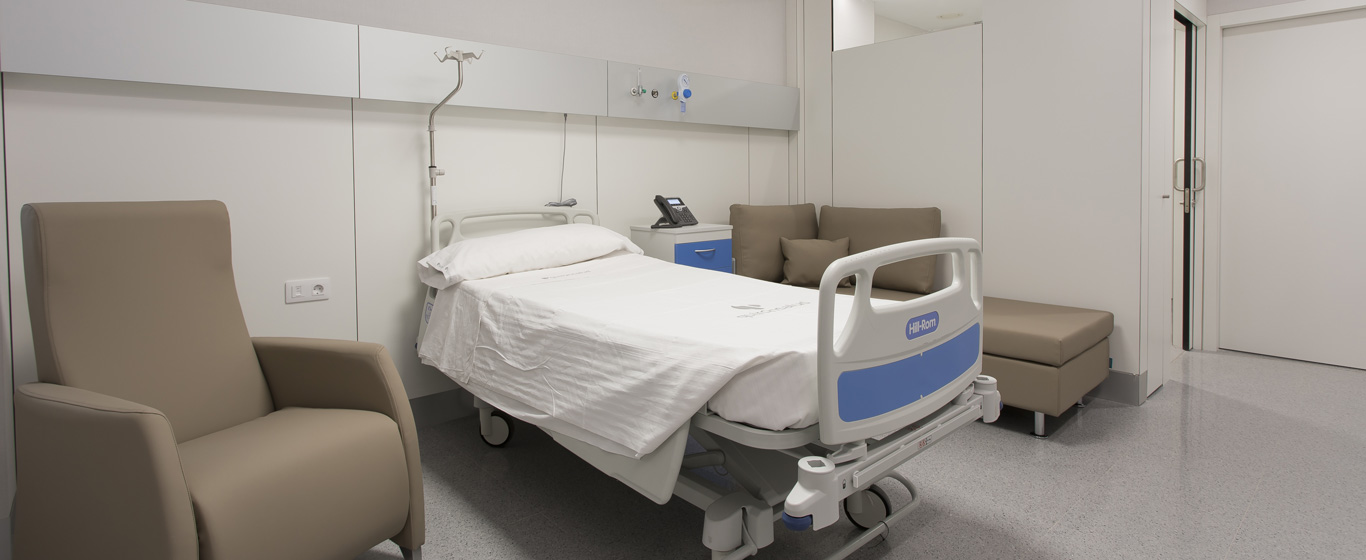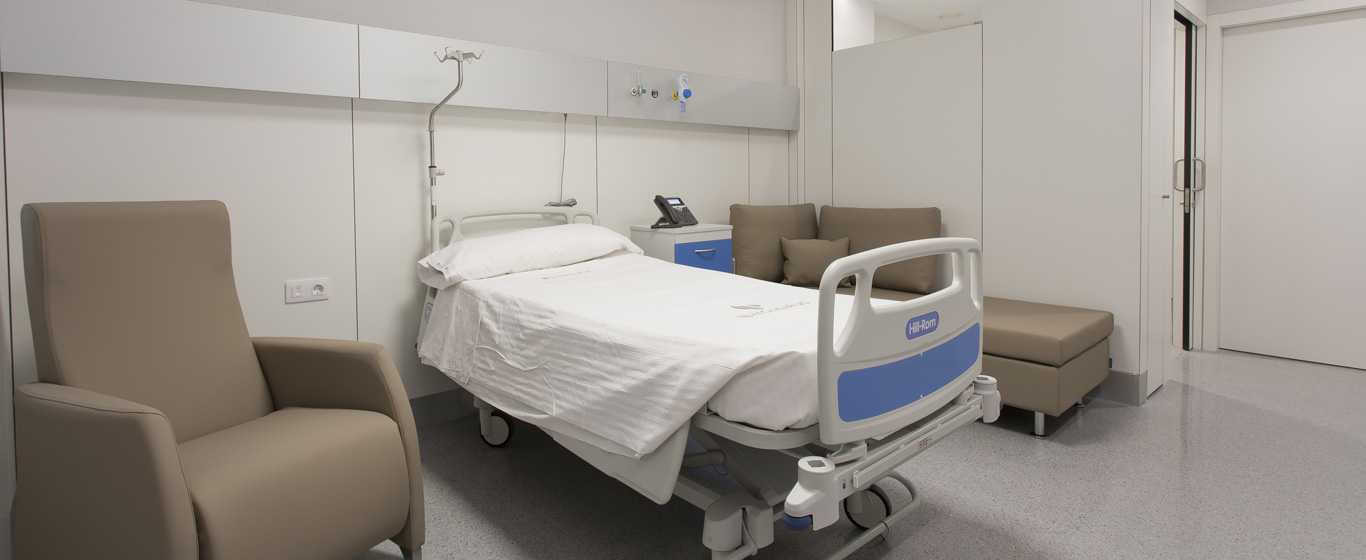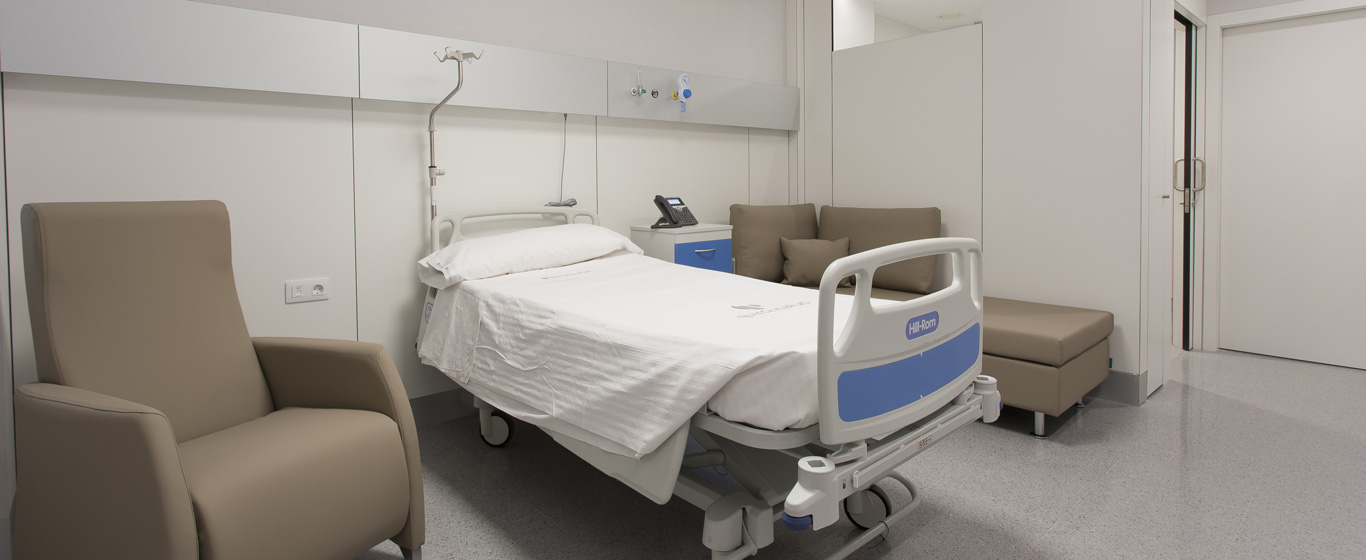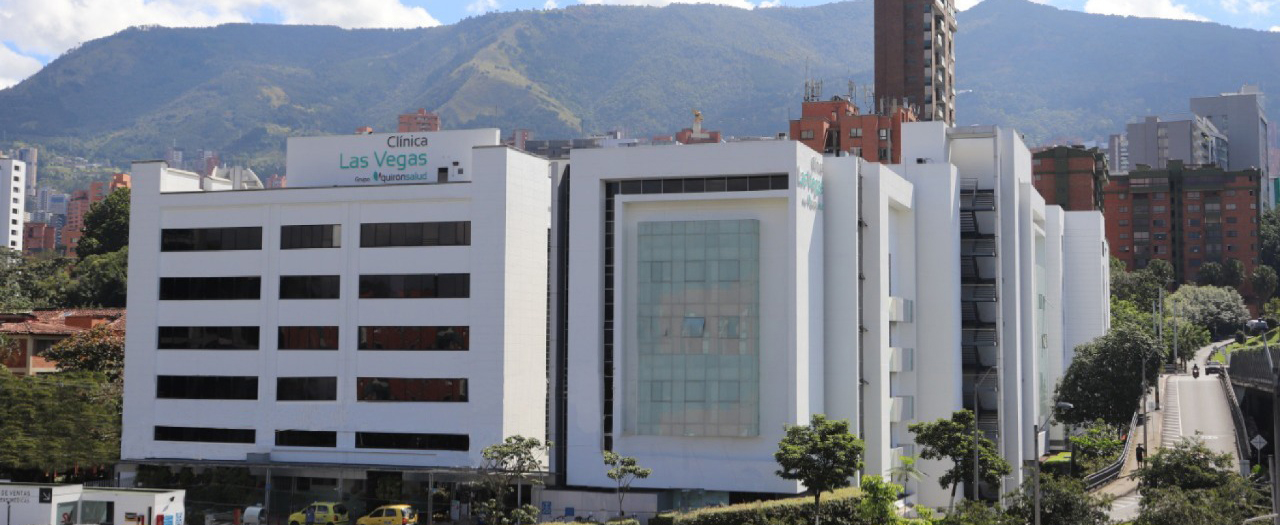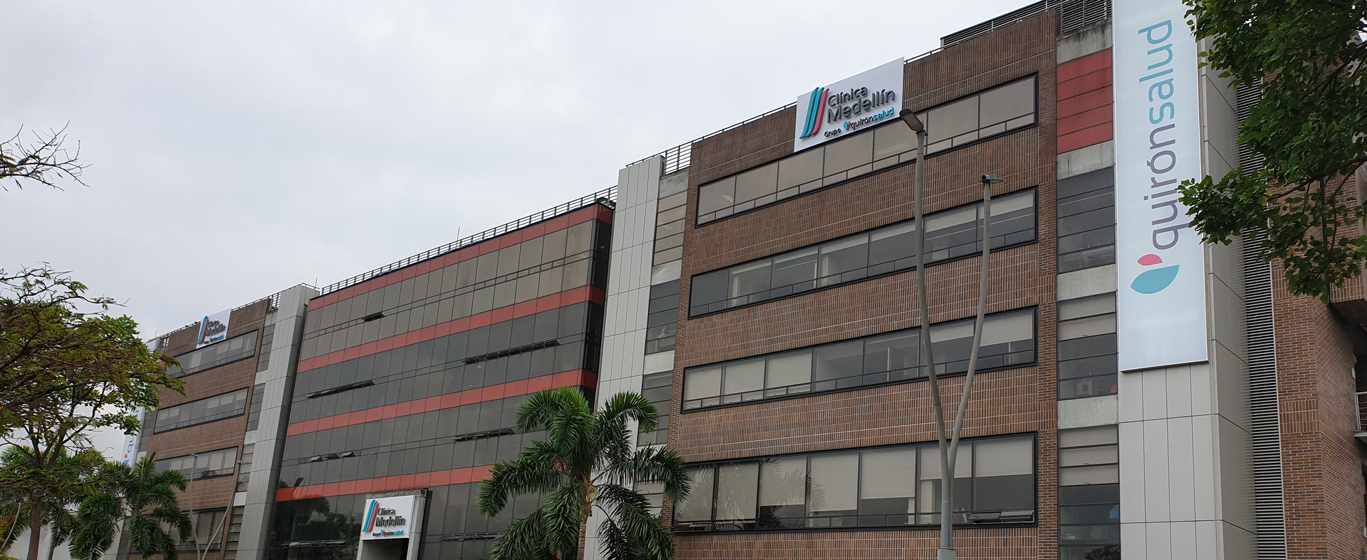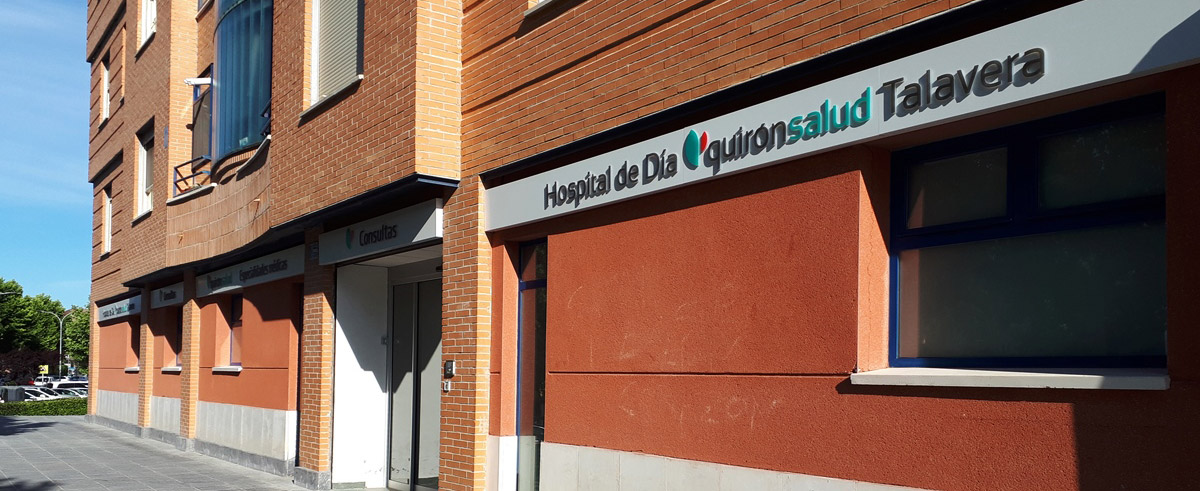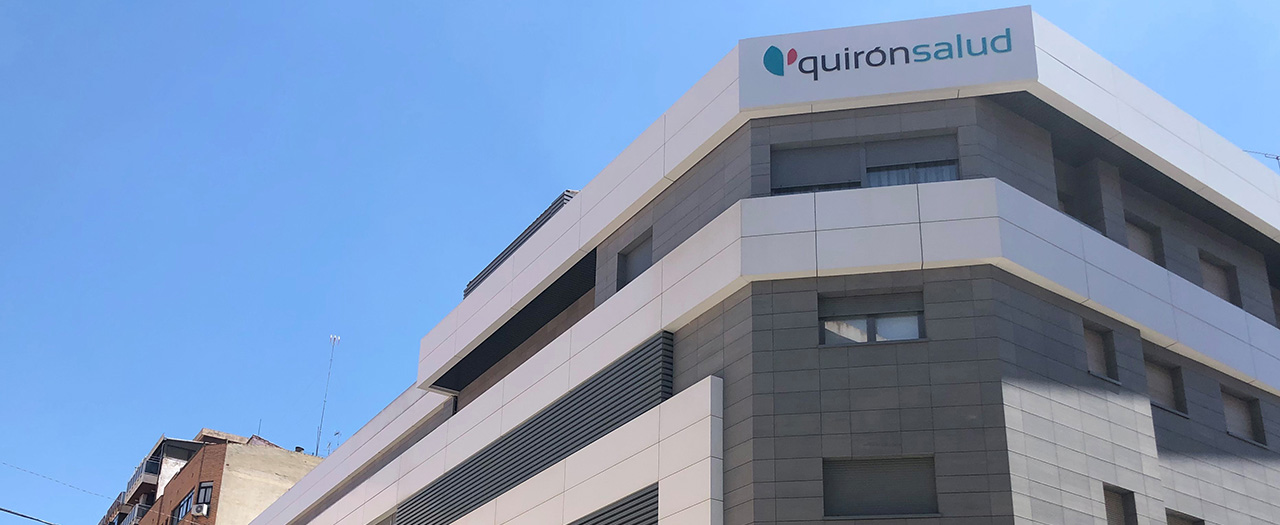Pericardiocentesis
Pericardiocentesis is the procedure used to remove fluid from the pericardium (the membrane surrounding the heart) when an accumulation occurs. It is performed by needle aspiration, usually guided by echocardiography.

General Description
Pericardiocentesis, or pericardial puncture, is a diagnostic and therapeutic procedure that involves removing excess fluid from the pericardial sac for subsequent laboratory analysis. This sac is a two-layered fibrous membrane that surrounds the heart and the root of the large vessels.
Normally, there is a small volume of fluid between the two layers of the membrane, which serves to protect the heart and reduce friction between the heart and surrounding structures during its beating. However, sometimes, an abnormal fluid accumulation occurs, called a pericardial effusion. This effusion can cause cardiac tamponade, which is an increase in pressure that prevents the normal filling of the heart chambers, decreasing the volume of blood pumped from the heart. It is a medical emergency that can lead to obstructive shock and may be fatal.
When is it indicated?
Pericardiocentesis is used to identify the causes of pericardial effusion, which include:
- Pericarditis.
- Viral, bacterial, fungal, or parasitic infections.
- Cancer.
- Autoimmune diseases.
- Chest trauma.
- Presence of waste substances in the blood due to renal failure.
- Radiotherapy treatments.
- Hypothyroidism.
Thus, pericardiocentesis is typically indicated when the patient exhibits symptoms consistent with pericardial effusion:
- Chest pain and a sensation of pressure.
- Dyspnea.
- Cough.
- Tachycardia.
- Abdominal or leg swelling.
- Dizziness or fainting (low blood pressure).
Additionally, pericardiocentesis is applied therapeutically to drain excess fluid from the pericardial sac, relieve pressure, and prevent or treat cardiac tamponade.
How is it performed?
The puncture is made in the anterior chest area, usually beneath the sternum, in the subcostal region, or below the left nipple. To locate the effusion and the puncture site, ultrasound imaging is used, although it can also be performed under fluoroscopic guidance (moving X-ray) or electrocardiogram. A long, thin needle attached to a syringe is inserted and guided to the pericardium, where a sample of fluid is aspirated for compositional analysis (diagnostic pericardiocentesis).
If the purpose of the pericardiocentesis is to drain the accumulated fluid, a larger needle is used through which a catheter is inserted to drain the fluid into the appropriate container (therapeutic pericardiocentesis). It is common to leave the catheter in place for several hours to evacuate all excess fluid.
In some cases, the catheter is insufficient, and surgical drainage is required: an incision is made with a scalpel beneath the sternum or between the ribs, which is left open to allow the fluid to drain into the pleural cavity (a procedure known as pericardial window).
Risks
Although complications are infrequent, pericardiocentesis is an invasive procedure with certain risks:
- Accidental perforation of surrounding structures, such as the heart, coronary arteries, lungs, liver, or stomach.
- Pneumothorax: entry of air into the lung if it is punctured.
- Pulmonary atelectasis: lung collapse due to air loss in the alveoli.
- Pneumopericardium: entry of air into the pericardial sac.
- Arrhythmias.
- Hemorrhage.
- Infection.
- Myocardial infarction.
What to expect from a pericardiocentesis
The procedure can be carried out in a hemodynamics room, at the patient's bedside in the hospital, or in the intensive care unit if it is an emergency pericardiocentesis. The patient is typically semi-recumbent, lying on their back. Vital signs, including heart rate and blood pressure, are monitored throughout the procedure. A mild sedative may be administered to help the patient relax.
Before inserting the needle, a local anesthetic is injected into the puncture area. During the extraction process, the patient must remain as still as possible, and they may be asked to hold their breath at certain moments. It is common to feel pressure or pain in the chest or shoulder and to notice an irregular heartbeat. Once the fluid is removed, the needle is withdrawn, pressure is applied for several minutes to stop any bleeding, and a sterile dressing is placed (if a drainage catheter is inserted, it may need to remain in place for several hours or even days until all fluid is drained).
After the procedure, a chest X-ray is taken to rule out accidental perforation or lung collapse. The patient will need to be observed for possible complications, and they may be hospitalized for a few days. Additional follow-up tests, such as echocardiography, may be performed to ensure the effusion has been resolved.
The fluid extraction or catheter insertion procedure typically lasts between 10 and 20 minutes. However, the recovery time and length of hospital stay vary depending on the case. Once discharged from the hospital, the patient should rest moderately and avoid strenuous activities.
Specialties requesting pericardiocentesis
Pericardiocentesis is typically requested by the cardiology and intensive care units.
How to prepare
Generally, pericardiocentesis is performed with the patient admitted to the hospital due to pericardial effusion. If possible, the test is conducted after a few hours of fasting. Additionally, it is necessary to inform the specialist about any medications taken regularly, especially anticoagulants, and to sign an informed consent form.






